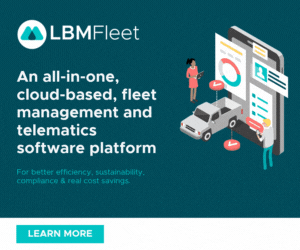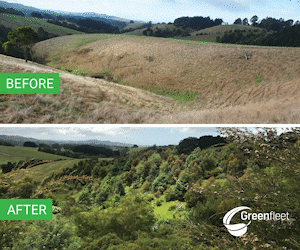Risk and trauma management is monumental task but is vital to ensure the safest possible working environment for your drivers.
Risk management goes beyond the individual and the vehicle, it requires a full understanding of the context in which drivers operate.
In a perfect world total risk elimination would be the standard for fleet managers however, incidents happen. The next best thing we can aim for is a comprehensive risk reduction plan.
A systematic risk reduction approach is multi-layered:
- The primary level is the risk assessment, analysis and evaluation;
- The second level is the control measures for risk mitigation – those systems and procedures that maintain and ensure that control is functional;
- The third level is the maintenance/compliance management control system;
- The fourth level is the emergency and contingency plans should there be a failure.
Work related road risk can be managed if it is integrated into the organisation’s expectations of safety and the overall culture for managing risks at work.
An effective risk management system should touch on issues surrounding:
- Policy
- Legal requirements and responsibility
- Overall organisation and culture
- Systems and operations
- Monitoring and analysis
- Intervention
While effective risk management lowers the chances of incidents, problems may still arise, and the worst can happen with people injured and killed on our roads.
Trauma management can define how an organisation will respond to an employee’s and their loved ones needs after the involvement in a motor vehicle incident.
Organisations must be prepared for the worst, having procedures developed to assist their employees and families affected by road trauma. Rather than being caught out by events, management needs to define the organisation’s policy regarding arrangements to:
- Notifying employee’s families when an employee is involved in an incident;
- Transporting family members to hospitals etc;
- Provide accommodation;
- Return the employee to their home location;
- Reintegrate recovering employees into the workplace;
Are you an AfMA member interested in learning more about Risk and Trauma Management? Check out the Fleet Management Guide HERE.
Not a member yet? Click HERE to learn more!



















